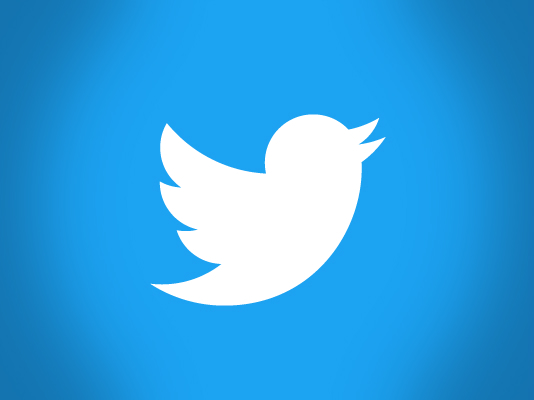Twitter adds emoji responses to Direct Messages

Twitter adds emoji responses to Direct Messages

It wasn’t exactly a feature that users were clamouring for, but Twitter has introduced the option to add emoji responses to people’s Direct Messages on the platform.
If you’re familiar with Facebook, Instagram or Slack, you’ll know how this works. It’s an acknowledgement of something, when a full text reply feels like overkill. In Twitter’s case, you either click the heart icon that appears when you hover over a message in the web version, or double tap the message on mobile and pick the emoji of your choice from the pop up that appears. From there you can add an emoji response that appears underneath the sender’s message.
Related: Best Android apps
Unlike Facebook, there’s also a dislike button – well, a thumbs-down emoji, in any case, designed to make your dissatisfaction truly felt. It sits alongside a thumbs up, fire, crying face, shocked face and the ubiquitous ‘crying with joy’ emoji as options you can respond with.
If you do send an emoji response, the person you’re direct messaging will get a notification informing them. If they’re using an older version of the app which is yet to get the feature, they’ll receive the emoji as if you typed it in manually.
It’s hardly the most revolutionary feature, and it’s a long way down the majority of users’ update wishlists. We know what the most frequently requested feature is: editable tweets. We also know that it’s nowhere near the top priority for the company, with CEO Jack Dorsey saying just last week that “we’ll probably never do it.”
“The reason there’s no edit button, and hasn’t been traditionally is that we started as an SMS, text message service,” he explained. “And as you all know, when you send a text, you can’t really take it back. We wanted to preserve that vibe and that feeling, in the early days.”
Related: How to delete your Twitter account
Now that’s less of a concern, but there’s the risk of amplifying misinformation if something can be retweeted thousands of times, and then have the substance changed. “We’ve considered a one-minute window or a 30-second window to correct something, but that also means we have to delay sending that tweet out, because once it’s out, people see it,” he continued.
“So these are all the considerations, it’s just work, but we’ll probably never do it.




















